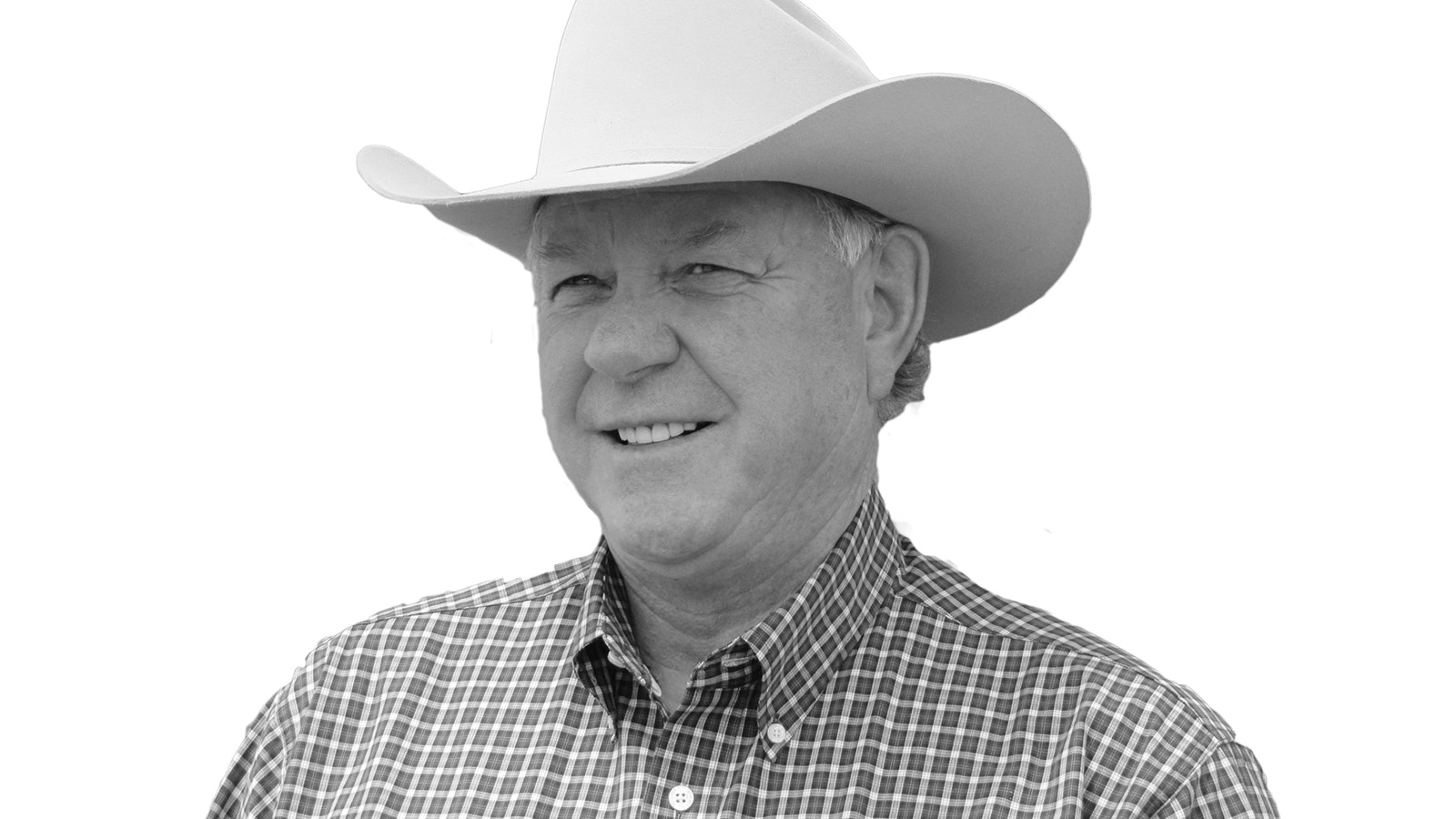It’s almost winter time. And you know what that means. Yep. Debates over winter tires vs studs, how much of a lift a truck needs to be more capable in the snow, and other such traditions as the pumpkin spice flows.
The answer, for those of us living in Wyoming, isn’t simple. It will depend on where you live in the state, how much winter driving you actually do, and what type of vehicle you’re going to be doing it in.
Let’s begin with a definition of what a snow tire, all-season tire, and three-season tire is.
Snow tires are specifically made for driving on snow and partial ice and are made to operate best in temperatures below 7 degrees celsius (about 45 Fahrenheit for us Americans).
All-season or 4-season tires are made for temperatures both below and above that 7 degrees. And three-season tires are meant for warmer and either dry or mildly wet conditions.
Tread patterns on all-season and winter tires are often similar, with sipes (slits in the tread’s meat), channeled or slotted shoulders to push wet slush out, and traction that flows over the edges into the tire wall.
The more aggressive those last two points, the more “wintery” the tire probably is. Most true 4-season and winter tires have a directional tread, meaning it must be mounted facing a specific direction. The 4-season Kumho Solus 4S tires on our minivan, for example, have a clearly directional tread.
It probably goes without saying that 3-season tires have no place on Wyoming roads in the winter.
Now, about where you live in Wyoming. I live in Cheyenne, which we can generalize to the southeastern portion of Wyoming.
Winters here are occasionally harsh, but mostly just windy.
Going by the Wyoming State Climate Office, much of Laramie County, most of the Big Horn Basin, the bulk of Fremont County, and most of the area south of Sublette and in the eastern portion of Uinta County are roughly the same in terms of winter weather conditions. Snowfall is comparatively light.
Campbell, Natrona, Carbon, Albany, and Converse counties are generally a little more prone to snowfall.
Everywhere else is higher elevation and thus gets a lot of snow. These are all in comparison to one another, not to any other part of the country.
My experience in this southeastern portion of Wyoming has been that winter tires are not really needed the majority of the season.
All-season or 4-Season tires will do the job. This means not having to swap out or store special tires. Prudent driving, some sort of front-wheel or all-wheel drive, and a few inches of ground clearance are good enough.
Sure, there will be a few days during the winter where you’ll have to stay put, but 6.5 out of 7 days in those four or five worst months are going to have traversable roadways. Exceptions include your three mile ranch road to get to the highway and your unnavigable driveway with a five-foot drift on it. Obviously.
Were I living in the more snowfall-prone areas of Natrona, Albany, etc., I’d opt for winter tires and possibly studs.
In this case, having all-wheel or four-wheel drive is also probably going to be a must almost as often as not.
With heavier snowfall, lighter populations, and longer roads for the plows to work on, it’s not as easy to get around. And ice accumulations are common.
Finally, in the higher elevations, snow tires are a for sure and four-wheel drive is probably nearly mandatory. These areas often have impassable conditions quite often during the winter. And are where roads can be seasonal with winter closures marked on a calendar.
Speaking of calendars, when should you mount those winter tires if you’re gonna use them? Well, we’re getting close. Our first major snowfall is usually about now, in mid-October. So if you’re in higher elevations, you should be mounting those snow tires right about now.
Those of us where it’s a little more mild for a little longer can probably wait another month before they’re a necessity. Then they can come off about the time it’s safe to leave your spring garden plants outside without protection. Roughly Mother’s Day.
As for the lift kit.. Well, hate to break it to the jackupers, but a higher vehicle doesn’t help in the snow. It’s actually a bad thing. The higher your center of gravity, the less control you have. And you already know that your brakes work the same no matter how much suspension clearance you’ve created. Right?
Anyway, that’s winter tires in Wyoming. I’m sure the commentary on this will get heated. So let’s have it.
Aaron Turpen can be reached at: TurpenAaron@gmail.com





